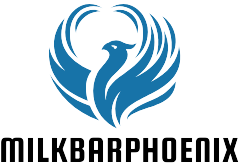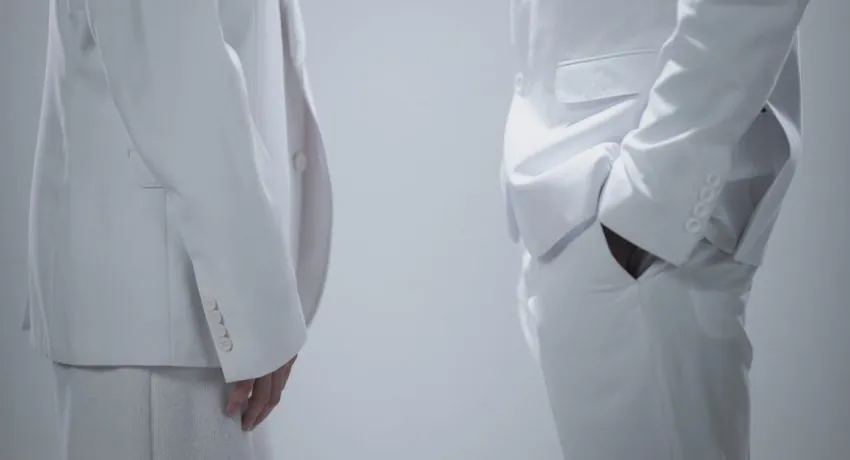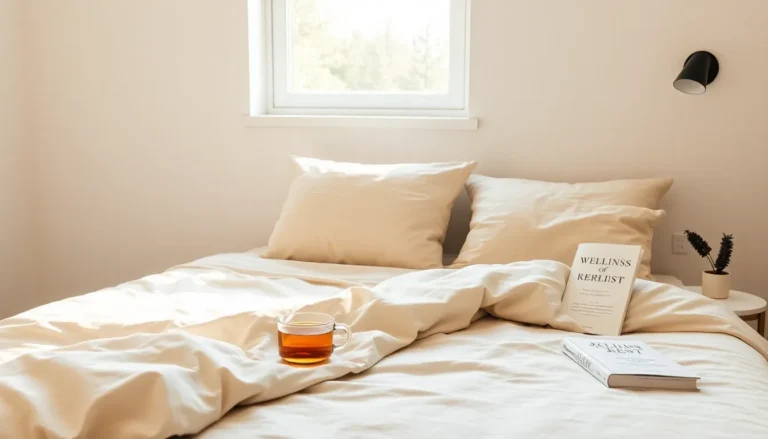Table of Contents
ToggleChoosing the right fabric for a project can feel like a game of matchmaker. One wrong choice, and your dream garment could end up looking like a fashion faux pas. Whether it’s a cozy sweater or a sleek evening gown, understanding fabric purpose matching is the secret sauce to creating stunning pieces that not only look good but also feel great.
Understanding Fabric Purpose Matching
Selecting the right fabric is crucial for achieving desired outcomes in sewing projects. Proper fabric matching enhances both aesthetics and functionality.
Importance of Choosing the Right Fabric
Choosing fabric significantly impacts the garment’s appearance and comfort. While luxurious silk may suit formal wear, breathable cotton works best for casual attire. Selecting the wrong material leads to dissatisfaction and may compromise the garment’s longevity. The right fabric elevates designs, ensuring they meet expectations and remain functional across various contexts.
Factors Influencing Fabric Selection
Several factors play a role in fabric selection. First, garment types dictate suitable materials. For example, activewear demands stretchy, moisture-wicking fabrics, while evening gowns often require structured or flowing materials. Climate affects choices as well; lightweight fabrics excel in warm settings, whereas heavier options provide warmth in colder environments. Lastly, the budget limits available fabric options, emphasizing the need for mindful selections that align with financial constraints.
Types of Fabrics and Their Purposes
Understanding fabric types helps in making appropriate choices for various projects. Each fabric serves its own purpose based on specific characteristics.
Natural Fabrics
Cotton, a staple in casual clothing, provides breathability and comfort. Linen, known for its coolness, works well in warm climates. Wool, with its insulating properties, is perfect for winter garments. Silk, often used for formal attire, adds a luxurious touch. Bamboo fabric offers sustainability and softness, making it an increasingly popular choice. Natural fabrics tend to be biodegradable, which enhances their eco-friendliness.
Synthetic Fabrics
Polyester, a widely used synthetic option, offers durability and resistance to wrinkles. Nylon, strong and water-resistant, is perfect for activewear. Spandex, known for its stretchability, enhances fit in garments such as swimsuits and active clothing. Acrylic, lightweight and warm, simulates wool and is often used in knitwear. Microfiber, soft and versatile, performs well in cleaning products and clothing alike. Synthetic fabrics tend to exhibit greater color retention, providing vibrant hues that last.
Techniques for Effective Fabric Purpose Matching
Choosing the right techniques for fabric purpose matching enhances overall project success. Understanding specific aspects leads to better fabric selections based on needs.
Analyzing Project Requirements
Assessing project requirements helps in determining the best fabric for any sewing task. Identify the type of garment first; this influences the fabric choice. Consider factors like intended use, seasonality, and desired drape. Gathering information about the climate can also inform selections, especially for seasonal garments. Budget constraints must also factor into the analysis, ensuring that chosen fabrics align with overall costs. Meeting these project requirements sets a solid foundation for effective fabric matching.
Evaluating Fabric Properties
Evaluating fabric properties is crucial for ensuring suitability to project needs. Start with breathability; this is vital for comfort in warm conditions. Assess weight, as lighter fabrics often work best for flowy garments, while heavier fabrics lend structure. Examine durability and maintenance; these aspects especially matter for everyday wear. Elasticity affects fit, especially in form-fitting garments or activewear. Properties like texture and appearance also influence how well the fabric aligns with the intended design. Understanding these characteristics allows for a more informed decision, supporting successful project outcomes.
Common Mistakes in Fabric Purpose Matching
Fabric purpose matching requires attention to detail. Avoiding common mistakes increases the chances of successful projects.
Overlooking Fabric Characteristics
Choosing fabric involves considering its characteristics. Attributes like weight, texture, breathability, and stretch directly influence the garment’s performance. Rigid fabrics might not drape well for flowing dresses, while lightweight materials can lack the durability needed for everyday wear. Neglecting qualities such as moisture-wicking or insulating properties can lead to comfort issues in specific climates. Selecting polyester for summer clothing often results in excessive heat retention. It’s crucial to analyze these characteristics before making final fabric selections.
Ignoring End-User Needs
Understanding the end-user’s needs plays a crucial role in fabric selection. Preferences regarding comfort, style, and functionality vary significantly among individuals. For example, children require fabrics that withstand wear and tear, while formal attire should offer both elegance and comfort. Prioritizing user specifications ensures garments match their lifestyle and intended use. Disregarding these needs can lead to dissatisfaction with the final product. Always consider how the fabric enhances the wearer’s experience and meets their specific requirements for functionality and style.
Fabric purpose matching is essential for achieving successful sewing projects. By understanding the unique characteristics of both natural and synthetic fabrics, sewists can make informed choices that enhance the overall quality of their garments. This thoughtful approach not only improves aesthetics but also ensures comfort and functionality.
Attention to detail is key in this process. Evaluating fabric properties and considering the end-user’s needs can prevent common mistakes and lead to more satisfying results. Ultimately, prioritizing the right fabric for the intended purpose elevates any sewing endeavor, making it a rewarding experience for both the creator and the wearer.




